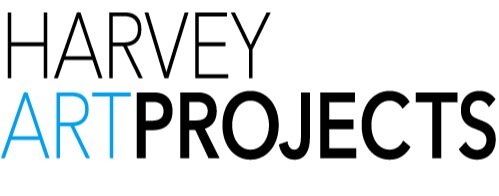“A fascinating aspect of Tjupurrula’s unique painting style is that he uses one of two opposing palettes. Each painting begins along a primed red ground where the tracks of ancestral men’s journeys are outlined in solid black brushstrokes. It is at this point that his paintings take on one of two distinctly different tonal ranges. Vivid orange, red and yellow outcroppings are nestled amongst bold shapes of purple and white. His brushstrokes are meticulous, dabbing and dragging the paint, he works the paint into shapes that are at once ordered and chaotic. In complete contrast he creates works using soft muted white, yellow, pink and purple. By delicately scratching fine elusive marks, he painstakingly works up larger expanses of ground.” (Nici Cumpston, Curator, Aboriginal and Torres Strait Islander Art, Art Gallery of South Australia, 2013).”
Tjupurrula’s painting often depicts designs associated with the soakage water site of Tjutalpi, east of the Kiwirrkura Community. In mythological times a large group of Tingari Men passed through this site during their travels north to Lake Mackay. Since events associated with the Tingari Cycle are of a secret nature no further detail was given.
Johnny was born circa 1930 near Tjungimanta, north-east of Kiwirrkura. Johnny’s family lived a nomadic life and traveled between the Kiwirrkura Community & Lake MacKay. In the 1950’s Johnny and his wife moved to the Balgo community further north. Johnny has become a well-known artist from the Warlayriti Artists Group.
In 1957 Johnny met Donald Thompson, north of Lake McKay, and as a result featured in the book ‘Bindibu Country’. Johnny moved to Haasts Bluff, and then Papunya Tula in late 1959 when it was established. He commenced painting for Papunya Tula Artists in 1997, and now lives at Kiwirrkura.
COLLECTIONS
Art Gallery of New South Wales
Luczo Collections, California, USA
National Gallery of Victoria



